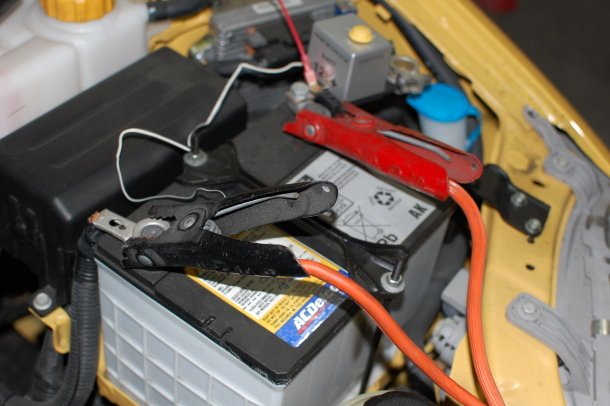Monday, June 16th, 2025 AT 3:58 PM
I went the cheap way on my last battery got a Valuecraft with low cranking amps because it doesn't get cold here. Today battery saver mode kicked on while idling at of all places AutoZone. Positive terminal was a little loose, so I used pliers to squeeze terminal around pole and have a portable quick jump charger that started car immediately. There is loss of power when idling ie. Dimming lights, radio getting quite, or car starting to sputter and shut off. I'm going to change the terminal and I've had the alternator checked and the cdb code reader said it was fine. I'm going to start the car with no accessories on and pull the positive and see if it dies immediately or not that should let me know if possibly alternator. The battery is over 2 years old and extreme heat, over 107° in the shade today, is it possible that the battery just doesn't hold enough charge because of its quality? When won't start the battery is still close to 12v then hook the jump pack up jumps to 14v min and starts immediately. Does this seem like a battery losing its ability to hold a charge. Or could it be the charging sensor or whatever these LS engines have in them. Thanks



